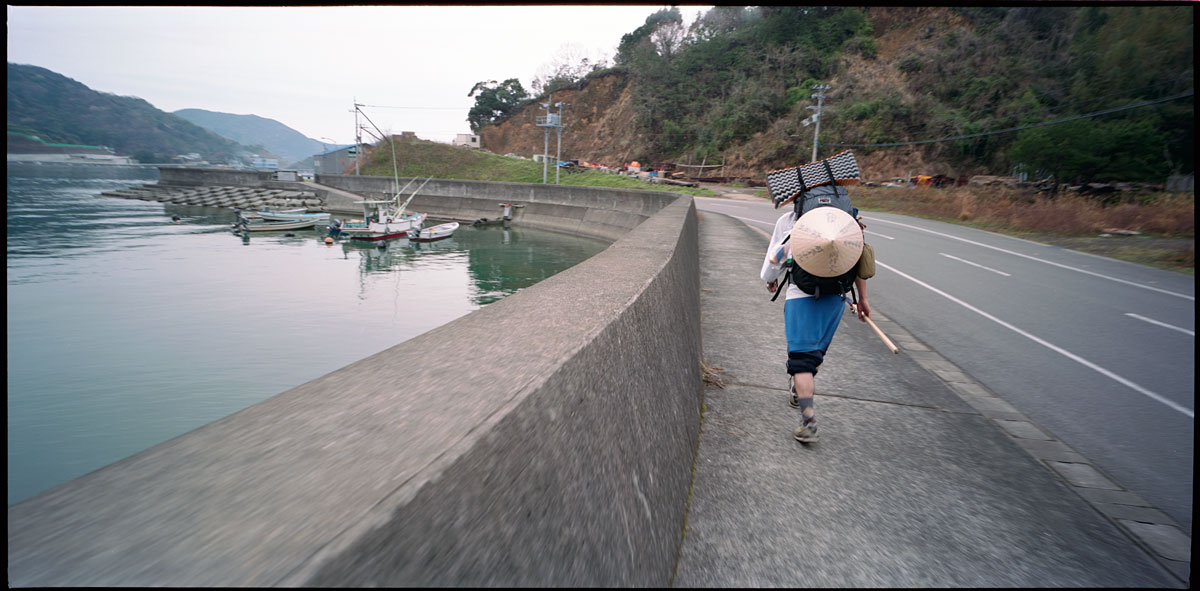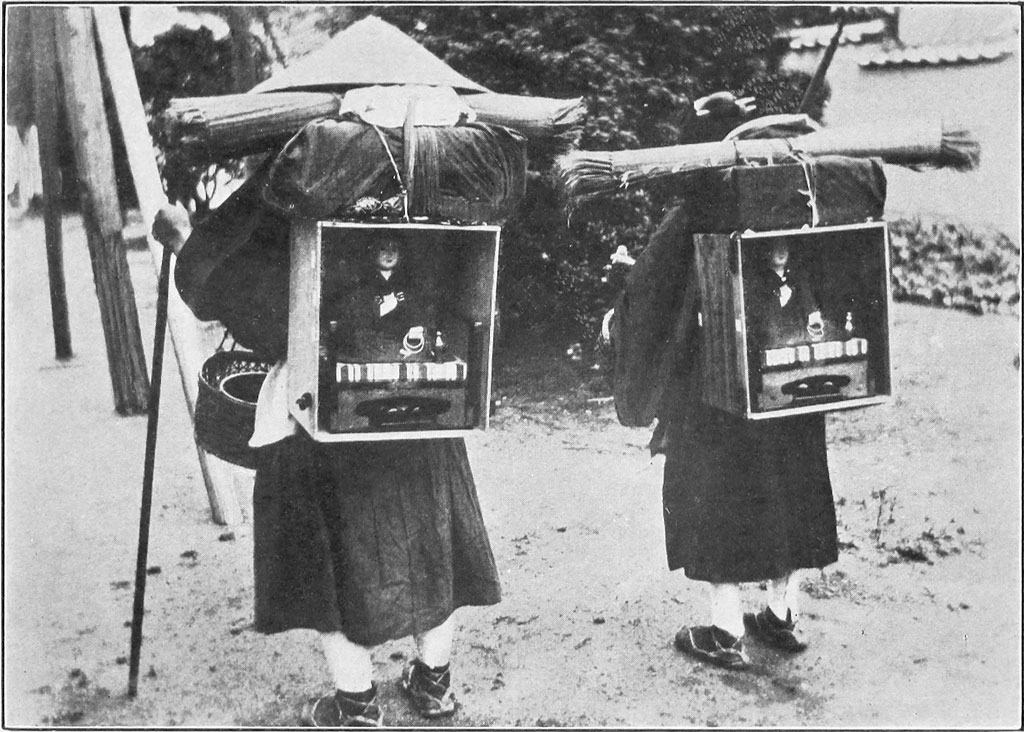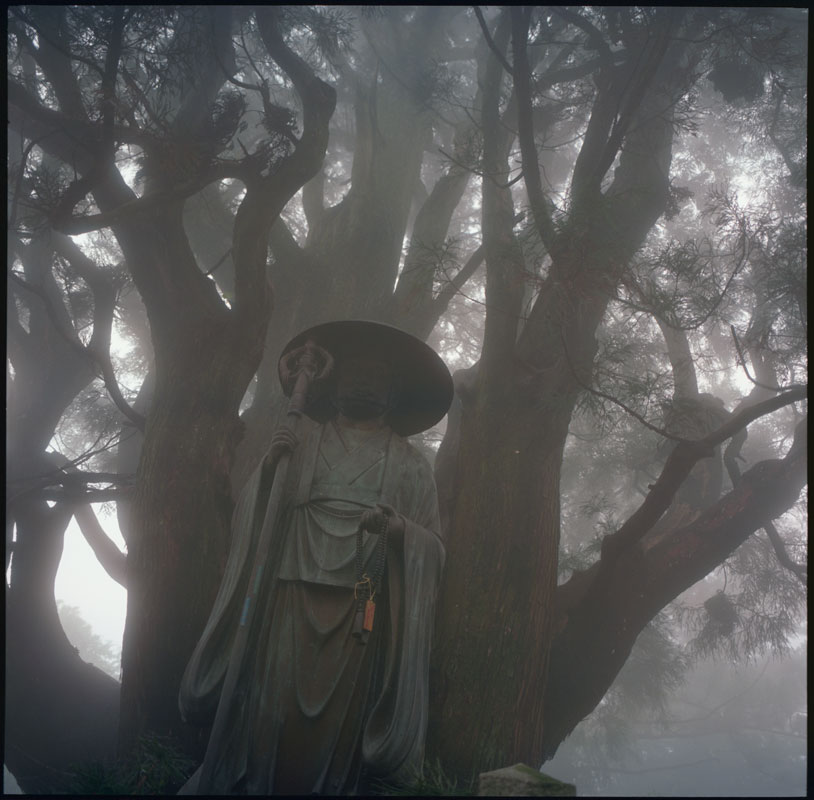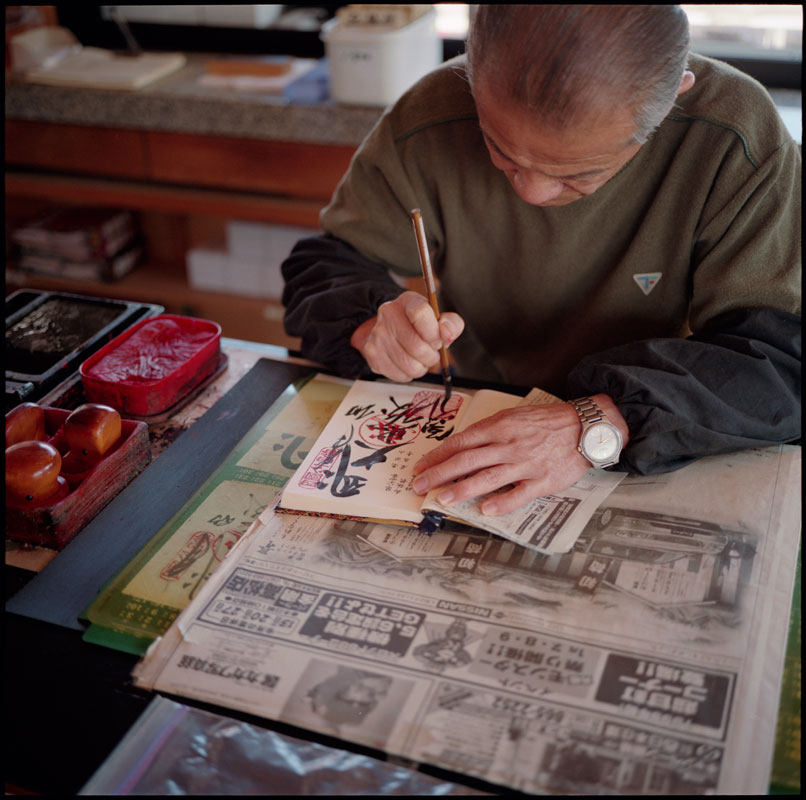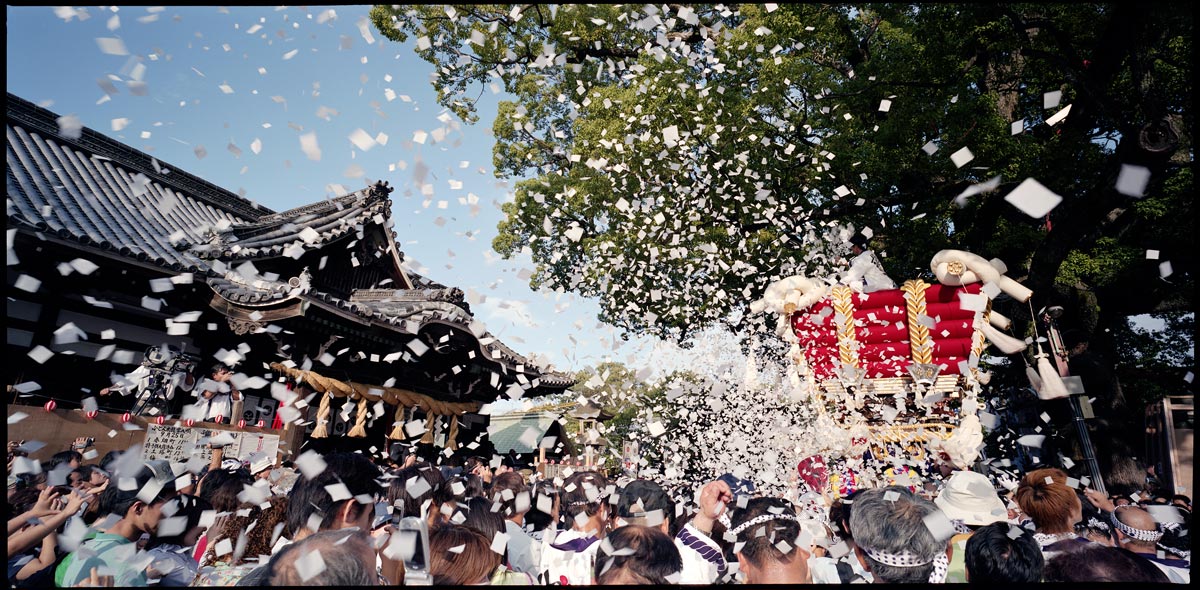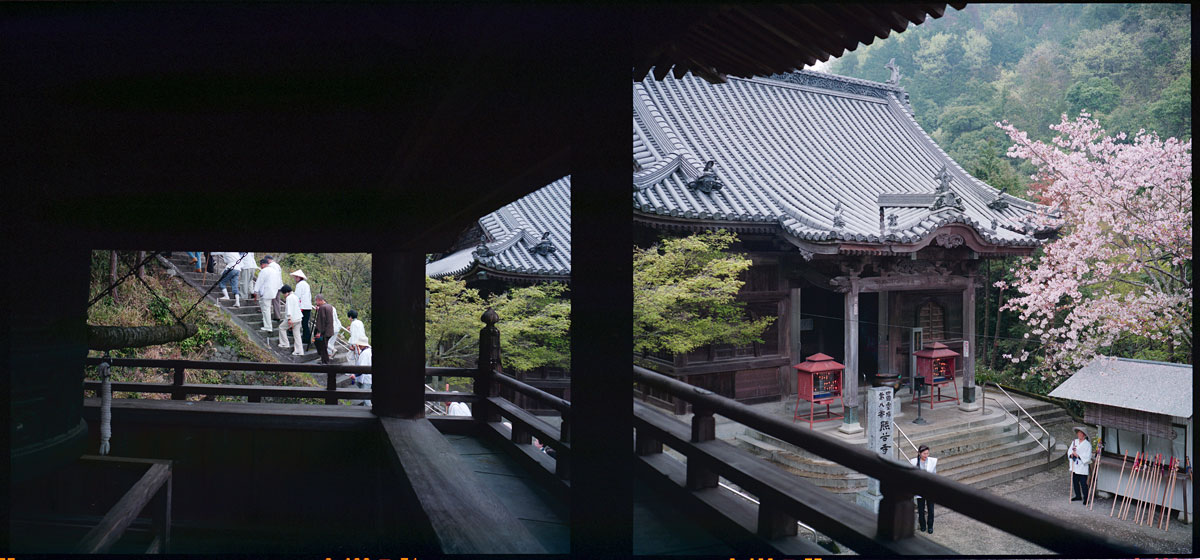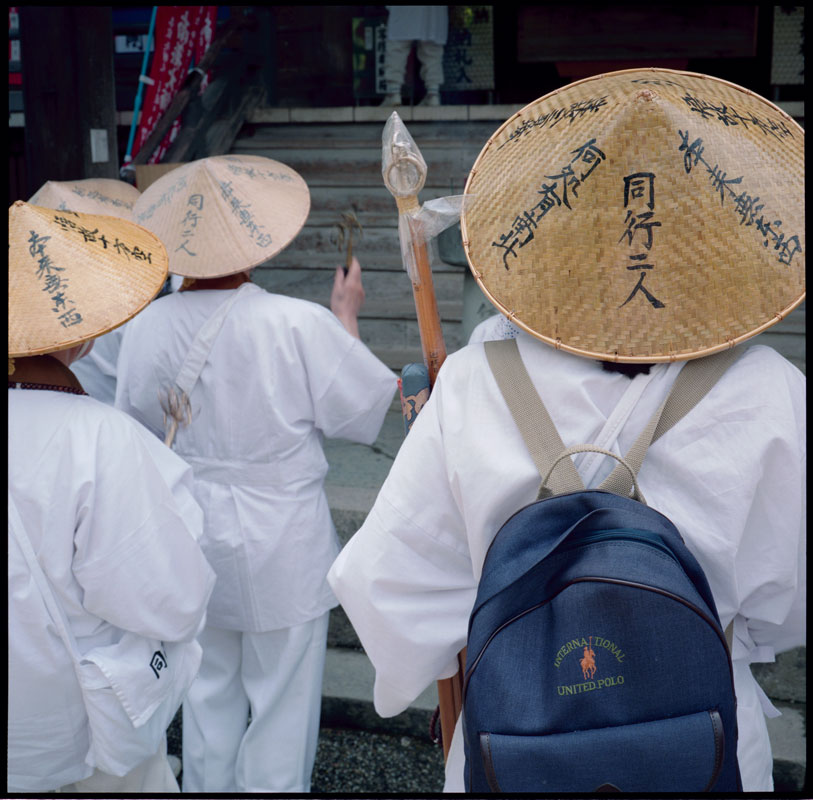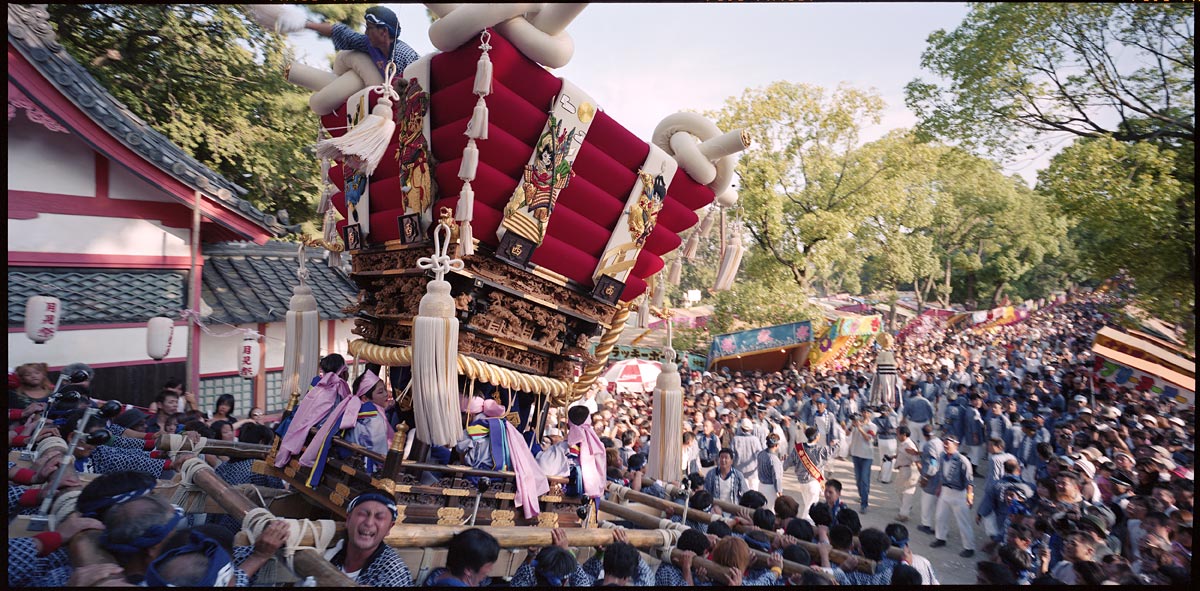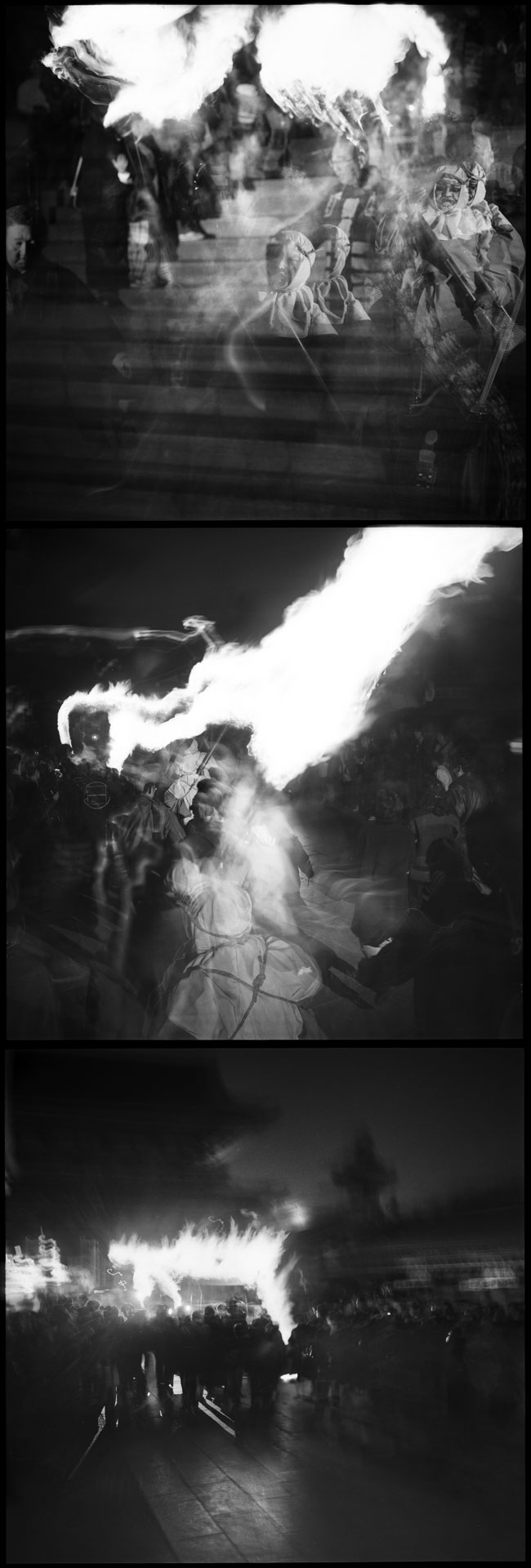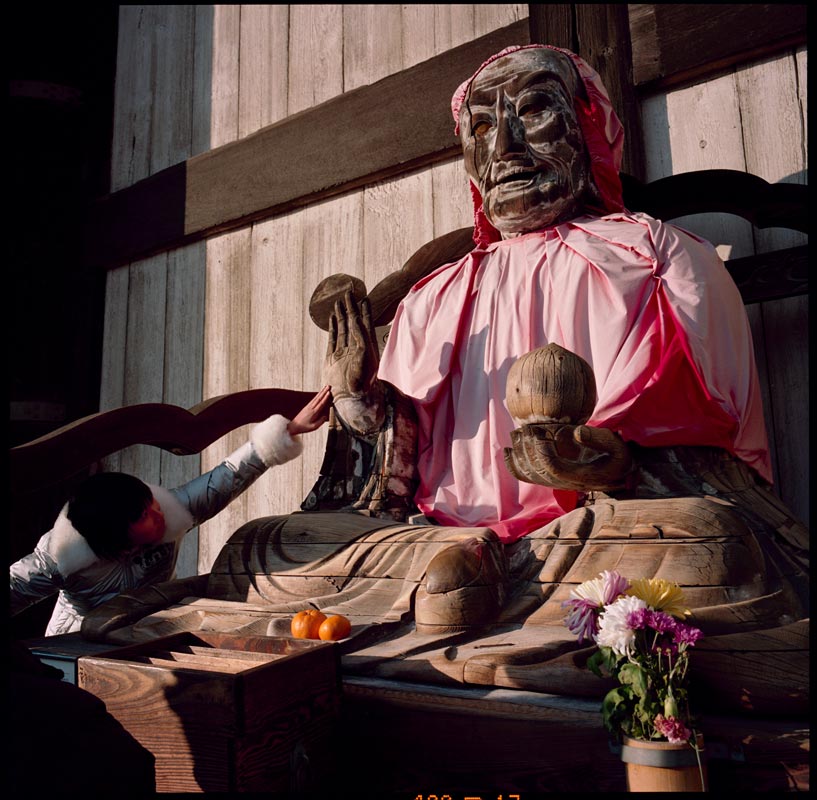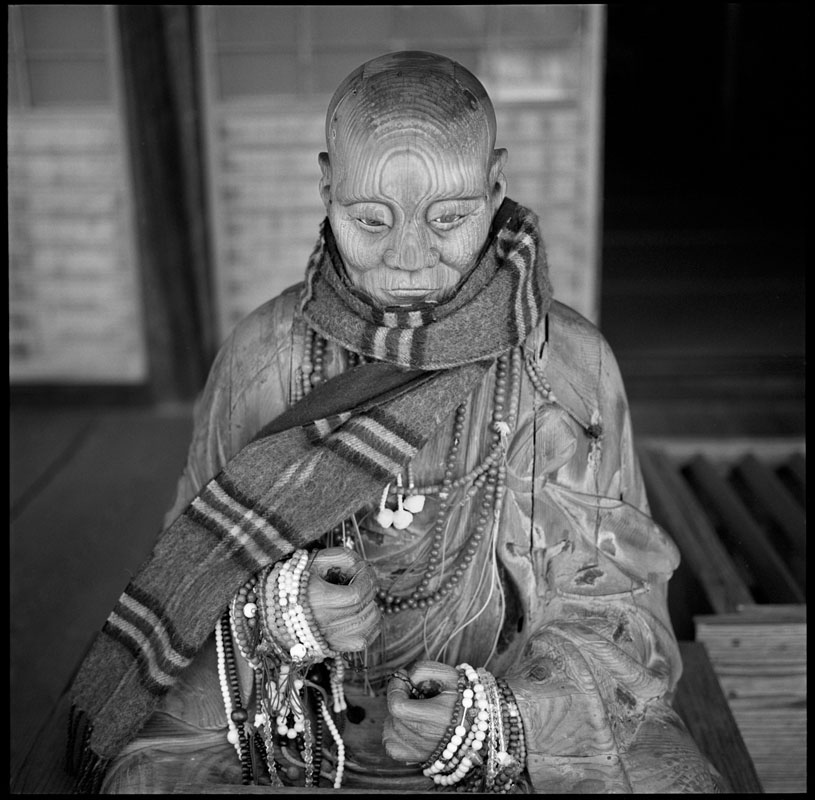 Satori is the Japanese word for enlightenment, awakening. Zen Buddhist believe this does not happen gradually, but comes like a clap of thunder. D. T. Suzuki, the Japanese Buddhist scholar and philosopher, describes it as “seeing into your own nature,” “…to see our own ‘original face’ even before we were born, to hear the cry of the crow even before it was uttered, to be with God even before he commanded the light to be.”
Satori is the Japanese word for enlightenment, awakening. Zen Buddhist believe this does not happen gradually, but comes like a clap of thunder. D. T. Suzuki, the Japanese Buddhist scholar and philosopher, describes it as “seeing into your own nature,” “…to see our own ‘original face’ even before we were born, to hear the cry of the crow even before it was uttered, to be with God even before he commanded the light to be.”
The image is of Binzuru on the island of Miyajima in western Japan. I have written about the legend of this charming figure before. This type of scarf is popular with school girls and a kind offering this time of year. Click on the image for a larger view.

